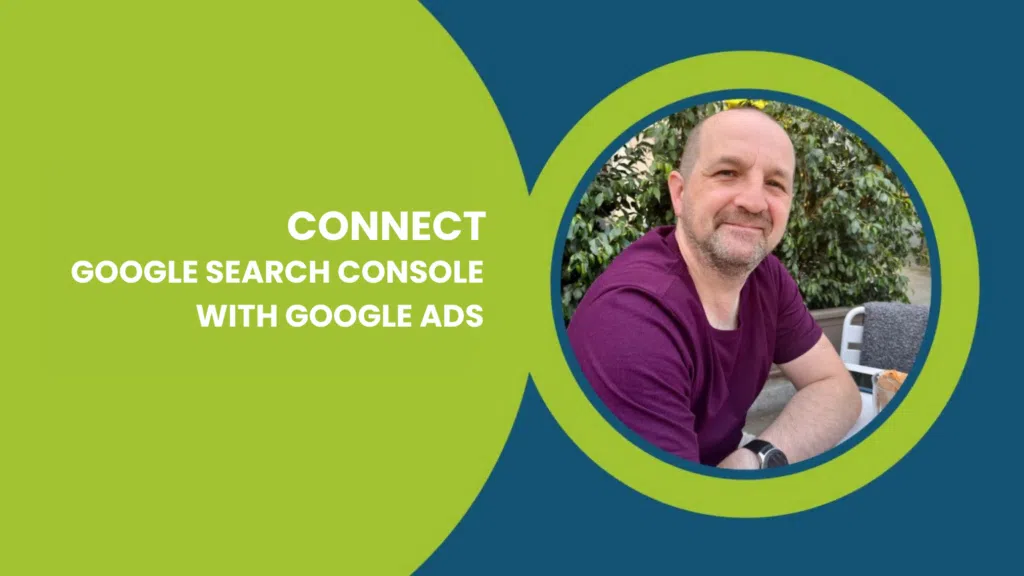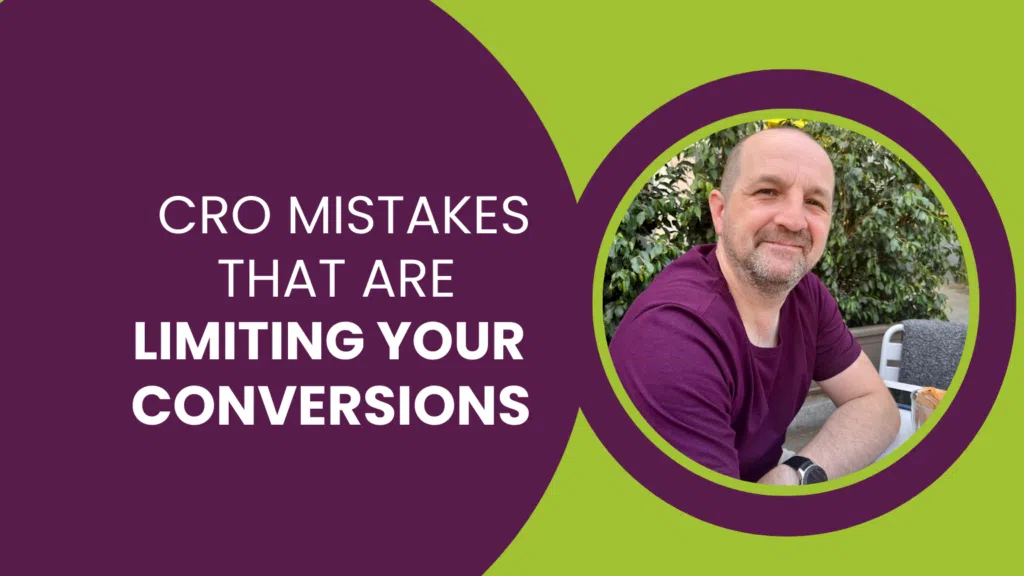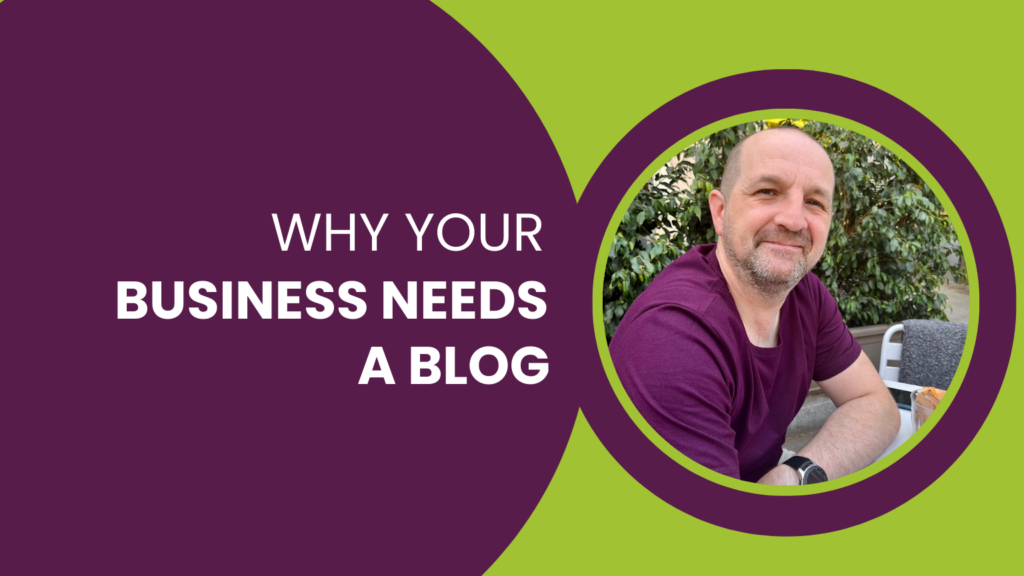Marketing a new or existing eCommerce store on a limited budget is tough, but with some thought and care, there are definitely opportunities to compete and win some early sales. From setting up conversion tracking to simplifying your checkout process, here are our quick tips for eCommerce marketing on a budget.
1. Be realistic with your eCommerce marketing budget
Firstly, and most importantly, be realistic with your plans for your budget – you can only spend it once, so spend wisely.
Google Shopping is a great place to start advertising your products, but be sure to initially select a smaller number of product lines to focus your budget on. That way, you’ll get valuable performance data much more quickly than spreading an already thin budget even more thinly over too many products. When you’ve proven each product area is successful, scale up the budget and add more products to your campaigns, testing and measuring as you go.
2. Conversion rate is more important than traffic
Whether you’re running Google Shopping or Facebook, Twitter or Pinterest Ads to target the consumers of your products, it’s vital to make sure you implement conversion tracking when you’re doing your eCommerce marketing on a budget.
eCommerce tracking will provide data about where your sales are coming from and where you’re wasting money, but more importantly, the value of those sales. From there you’ll be able to establish which search terms make you money through Google Shopping and which audiences are influenced by your social media PPC ads.
3. Work hard on the user experience
So, you have some traffic and high-intent search terms are sending users to your site who are ready to buy – but that’s only half the journey when it comes to eCommerce marketing on a budget. It’s now your site’s job to convert that visitor into a customer and make the sale.
You’ll have just a few short seconds to make a good impression with a new user. The site needs to load fast, particularly on a mobile device – less than three seconds would be recommended – and look good to create trust and avoid horrible bounce rates and lost sales.
Product pages need to feature great images, good product descriptions and clear stock availability and pricing. It should be easy to make it through your checkout process without making users jump through hoops, such as halting the completion of their transaction unless they sign up for an account.
And the biggest sin of all which is well worth avoiding when doing eCommerce marketing on a budget? Don’t surprise customers with hidden charges in the shopping cart. Springing a delivery charge at that point will create a high cart abandonment rate and cost you sales. Ideally, free delivery works best if you can manage it but if you can’t, be clear and upfront about delivery charges on every page through the buying journey.
4. Pricing is critical
Customers will pay a little more when buying from brands they trust, but there’s a limit to that. We would highly recommend comparing product prices with rival stores often to make sure you’re competitive, otherwise you’ll definitely lose some sales.
5. Facebook Ads aren’t a holy grail for eCommerce stores
We posted before about why Facebook Ads don’t convert and it’s worth reaffirming the point here. Facebook is an interruption strategy – even if your targeting is absolutely spot on and you’re targeting the right interests, the right demographics and geography, these users are not looking to buy your product right now.
Facebook is awesome for creating awareness, interest and desire in your products, but doesn’t necessarily convert directly. Instead, it’s quite common for users to remember your offer and head to Google to find it, and then your eCommerce store a few days later.
That behaviour means that the credit for the sale may well be attributed to Google Ads, Shopping or Search in Google Analytics – it’s important, therefore, to understand attribution and give Facebook credit where it’s due.
Facebook is also awesome for creating dynamic remarketing campaigns which display products that the user browsed on your site in their Facebook news feed. This technique is also possible using Google AdWords dynamic remarking too.
6. The impact of eCommerce marketing on a budget
When it comes to eCommerce marketing on a budget, we’re often asked: ‘How long does this take?’, and the answer is always the same – it’s not how long, but how much data.
The higher the daily budget, the more data your campaigns will gather. You’ll be able to learn and measure what works and what doesn’t and optimise campaigns much more quickly.
There’s an argument for going big quickly, but only if you’re extremely confident that your site loads fast, the user experience is awesome, your tracking works and your pricing is competitive.
If you’re looking for more tips on eCommerce marketing, click below to speak to one of our specialists or to find out more about our eCommerce marketing services.







